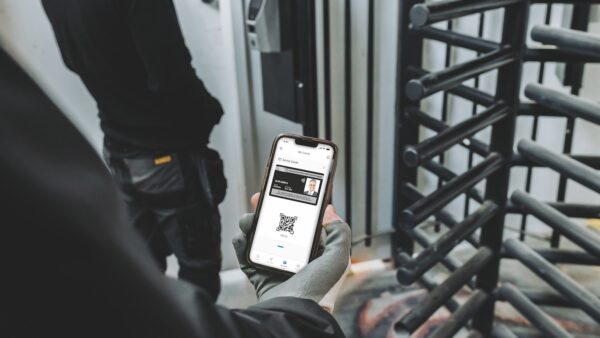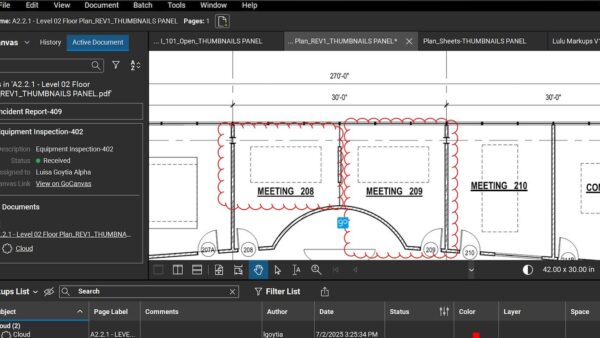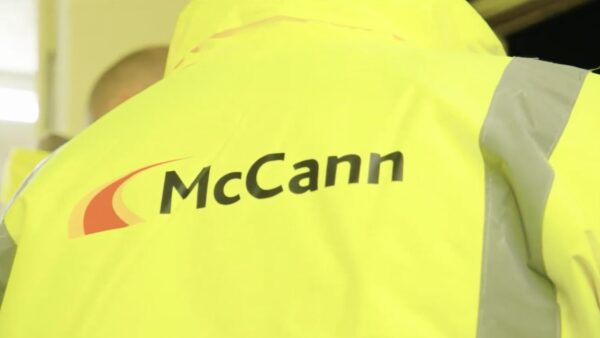The Digital Construction Awards attracted 170-plus entries this year, 85 of which have been shortlisted. Here, we detail the finalists for the Asset Management Best Practice award.
This award recognises the use of digital processes and technology in asset management. Criteria the judges used included improved operational efficiency of the asset, more sustainable operation, improved maintenance regimes, steps towards compliance with the golden thread, and the speed and ease with which information can be accessed. Six entries made the shortlist.
De Montfort University | Gleeds
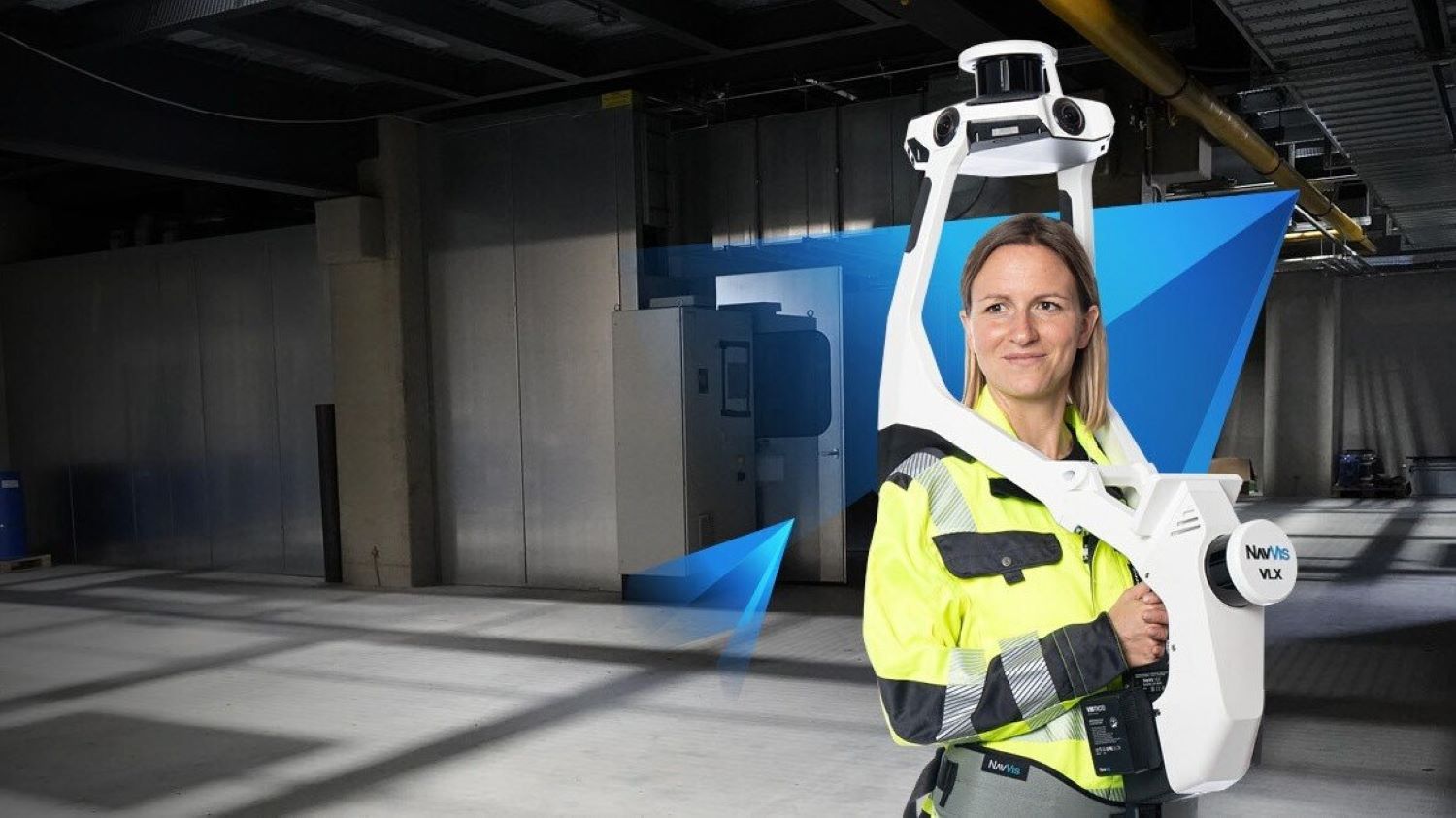
Faced with a national shortage of chartered building surveyors, Gleeds adopted cutting-edge reality capture technology to accelerate campus-wide asset surveys and meet rising demand. Traditional workflows were proving inefficient, with pressure to complete condition surveys on tight deadlines often leading to errors, QA delays and reliance on underqualified staff.
To overcome these challenges, Gleeds trialed the NavVis VLX wearable mobile scanning system at De Montfort University. This followed two years of R&D, including attendance at the Reality Capture Network conference in Idaho and a 12-month internal review. The NavVis VLX was chosen for its speed, ±8mm point cloud accuracy, 360-degree imagery and robust data security, including facial blurring and client data ownership.
By shifting to a ‘scan-first’ approach, Gleeds prepopulated survey apps with room names, measurements and descriptions directly from the digital twin, cutting onsite time from five minutes per room to one minute. The resulting Level 1 digital twin supported remote planning, quality assurance and collaboration with the client. Initial scanning delays were mitigated by adjusting the programme to include a mix of large and small buildings.
The survey was delivered on time and to budget, matching the cost of a traditional workflow, but with vastly superior outcomes. The digital twin also underpinned wider asset management benefits, including remote measuring, insurance reinstatement assessments, asset tagging and energy modelling via Optimise AI. Gleeds is now working with partners to progress to Level 2 twins using IoT sensors and AI.
innDex and FM Conway

FM Conway and innDex have revolutionised digital asset management on Westminster City Council’s multi-million pound bridges and highway structures programme, an ambitious framework running until 2026. Covering numerous ageing assets, the programme required innovative solutions to address legacy systems, fragmented documentation, and safety bottlenecks – particularly with site inductions, inspections, and permit workflows.
Faced with inefficiencies and compliance risks, FM Conway partnered with innDex to develop a comprehensive digital platform. The digital inductions tool alone has slashed onboarding time by 83%, saving more than £6,000 in paperwork and allowing workers to complete safety protocols en route to site. Daily briefings, toolbox talks and progress updates are now managed through the innDex app, improving clarity and cutting site delays by around 15 hours per week.
The suite also includes an inspections tool that tracks asset conditions using environmental data and route-mapping, while a centralised permits system ensures real-time approvals and role-specific compliance. Fleet and equipment checks are automated to enhance reliability and cut carbon emissions. FM Conway is now piloting camera analytics to optimise maintenance schedules by tracking asset usage.
A single digital hub consolidates workforce training records, timesheets and site access logs, allowing real-time monitoring and transparent audit trails. With more than 147,000 photos logged, visual documentation strengthens accountability and supports proactive maintenance.
The platform has not only improved safety, efficiency and sustainability across multiple sites, but provided Westminster City Council with enhanced oversight, futureproofing long-term asset management across the borough.
Project ALICE for the Defence Infrastructure Organisation | Glider Technology
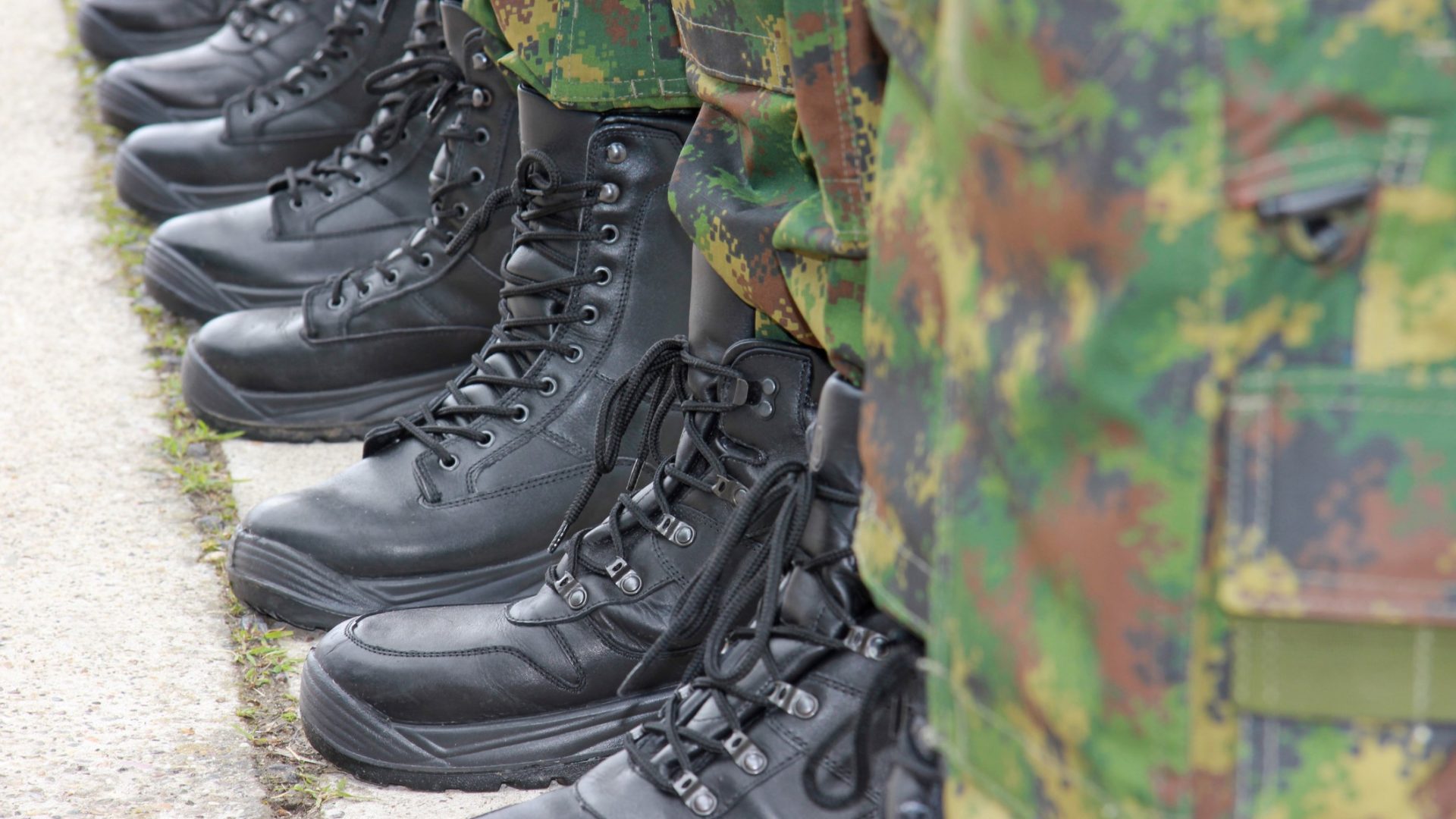
When Carillion collapsed in 2018, the Defence Infrastructure Organisation (DIO) took full ownership of its asset information, revealing a pressing need to manage more than 18 million unstructured documents across decades. These records – critical for compliance, operations and strategic planning – lacked naming conventions and were dispersed across multiple formats and locations, creating a massive barrier to meeting requirements under the Building Safety Act and the golden thread.
The DIO initially considered a manual approach to importing the documents into its asset information management CDE, powered by Gliderbim. But with the scale of the task rendering manual input prohibitively costly and time-consuming, DIO commissioned Glider to devise a scalable, tech-led solution.
Glider developed an automated system combining AI, machine learning and deep search to process and restructure documents at speed. The platform uses AI to rename files based on predefined conventions and sort them into appropriate folders. It also features handwriting recognition to extract metadata from legacy documents, and confidence scoring to ensure accuracy and verifiability. Pattern recognition algorithms identify the most relevant dates and information for compliance purposes.
The result is a 90% reduction in time spent retrieving documents, £1m in cost savings, and a step-change in compliance and sustainability. By eliminating manual sorting, reducing paper reliance and minimising unnecessary replacements, the system delivers a futureproof, lower-carbon method for managing complex estates. Scalable across sectors, Glider’s solution is a significant advance in digital asset management.
Student Roost’s journey towards building safety compliance | Zutec
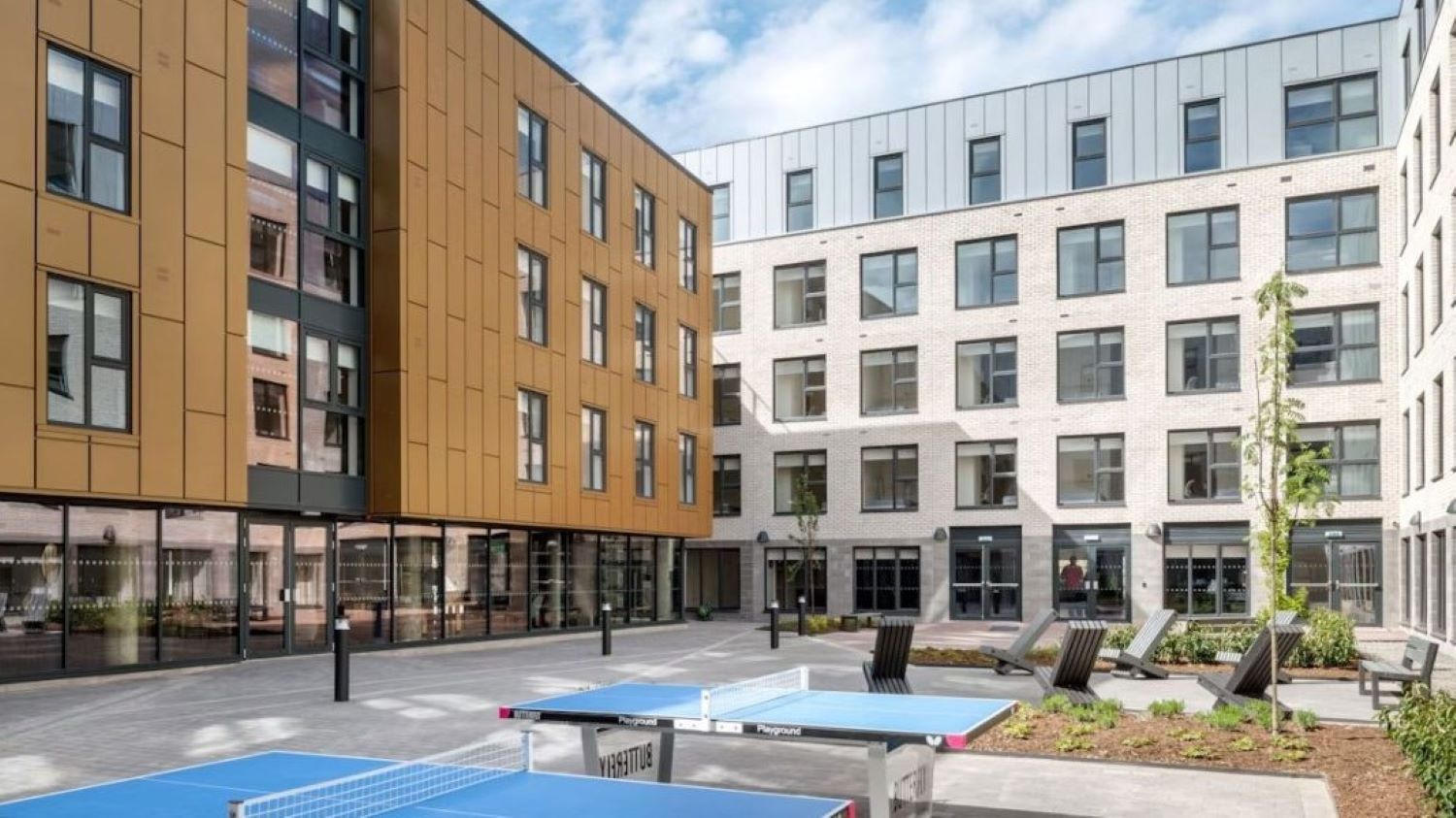
Student Roost, which manages more than 30 high-risk residential buildings across the UK, faced a growing challenge: ensuring compliance with the evolving Building Safety Act while maintaining operational efficiency. Critical building safety information was scattered across paper files, SharePoint folders and disconnected digital systems, making document retrieval laborious and compliance tracking unreliable.
To address this, Student Roost partnered with Zutec to implement its cloud-based building document management solution. The platform centralises compliance data, replacing fragmented processes with a single, structured and auditable digital system. Key features include a compliance dashboard offering real-time oversight, metadata tagging for rapid document retrieval, automated workflows for safety case submissions, and cross-project analytics to support proactive decision-making.
The rollout was smooth and phased, with initial training and onboarding sessions supported by Zutec’s intuitive interface. Users praised the drag-and-drop upload functionality and the ability to digitise historic records efficiently, helping operational teams transition from legacy systems with minimal disruption.
Since implementation, Student Roost has seen a marked increase in regulatory compliance confidence and operational efficiency. Time spent retrieving critical documentation has been drastically reduced, while paper use has declined significantly. Safety data is now consistent across all sites, regardless of location or building type, allowing for faster, data-driven decisions.
“Student Roost is now better equipped to understand the data we have and what we need, which ultimately leads to safer buildings, more informed decision-making and improved maintenance management,” said its health and safety director Alastair Weston.
University of St Andrews Strategic Review – Digital Nexus | Majenta Solutions
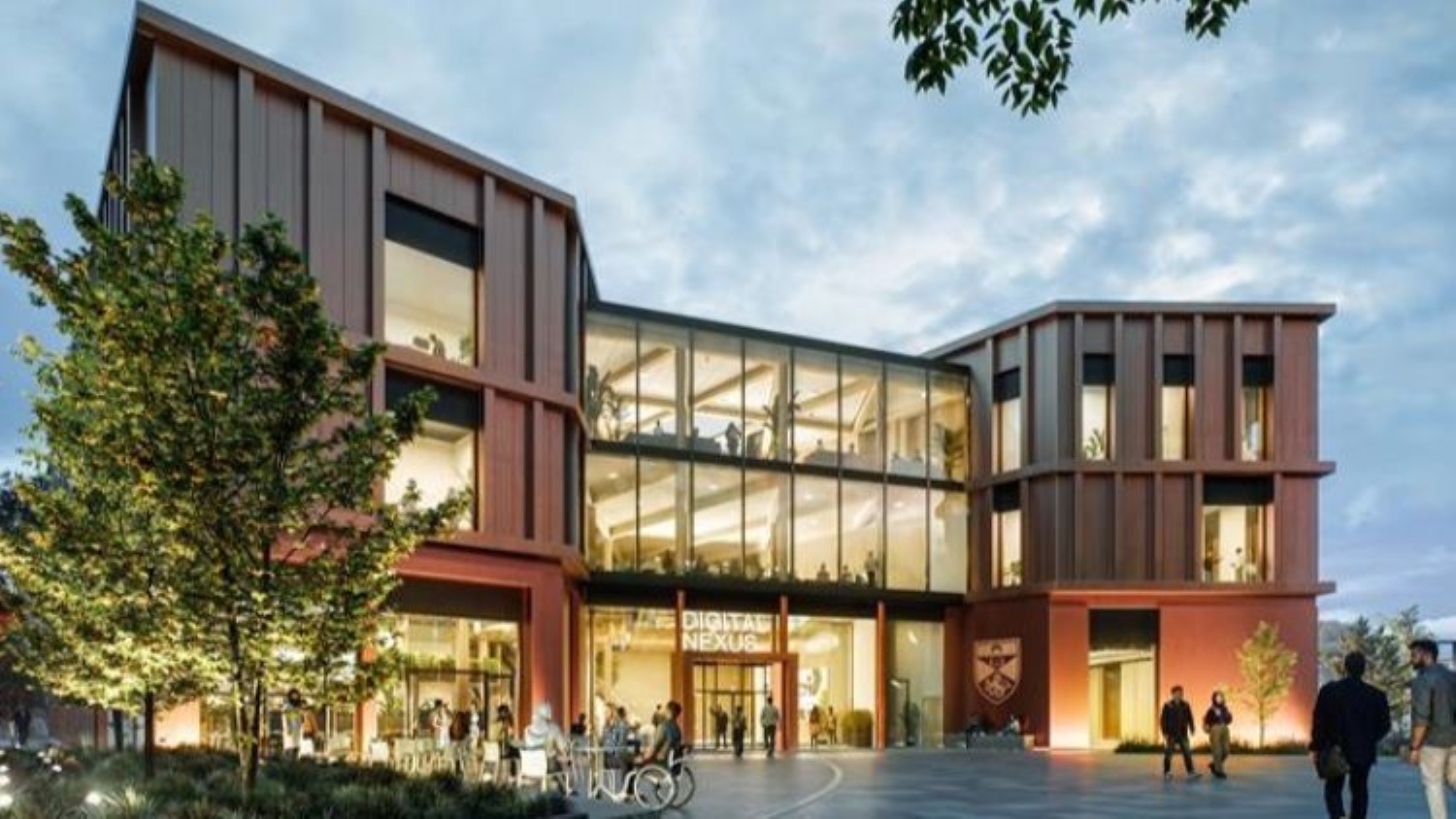
The University of St Andrews faced mounting challenges in managing its estate data, asset lifecycle and project documentation, and was plagued by fragmented systems, inconsistent formats and manual inefficiencies. Majenta Solutions was brought in to lead a digital transformation underpinned by BIM, aligned to ISO 19650, overhauling outdated practices and introducing standardised, data-driven workflows.
A central feature was the deployment of a cloud-based CDE to improve document control, real-time collaboration and asset management. Automated data integration ensured seamless transfer to Planon, the university’s CAFM platform, removing manual entry errors. Majenta’s phased implementation included stakeholder engagement workshops, hands-on training and careful integration with existing facilities systems to ease the transition.
The results were transformational. Project coordination time dropped by an estimated 40%, while coordination errors were reduced by 95%. Predictive maintenance strategies, enabled by IoT integration, contributed to a 10% cut in maintenance and repair costs. Project handover was accelerated through structured workflows and automation, while digital upskilling of university staff ensured long-term adoption.
The benefits extended to the supply chain, where ISO 19650-compliant protocols enhanced collaboration and documentation consistency. Material waste was reduced via improved resource tracking, supporting the university’s sustainability goals.
This scalable solution has become the new standard for all capital projects, positioning St Andrews as a digital estate management leader in higher education and setting a replicable benchmark across the sector.
Using building analytics to transform campus spaces at Cardiff Metropolitan University | SmartViz/Cardiff Metropolitan University
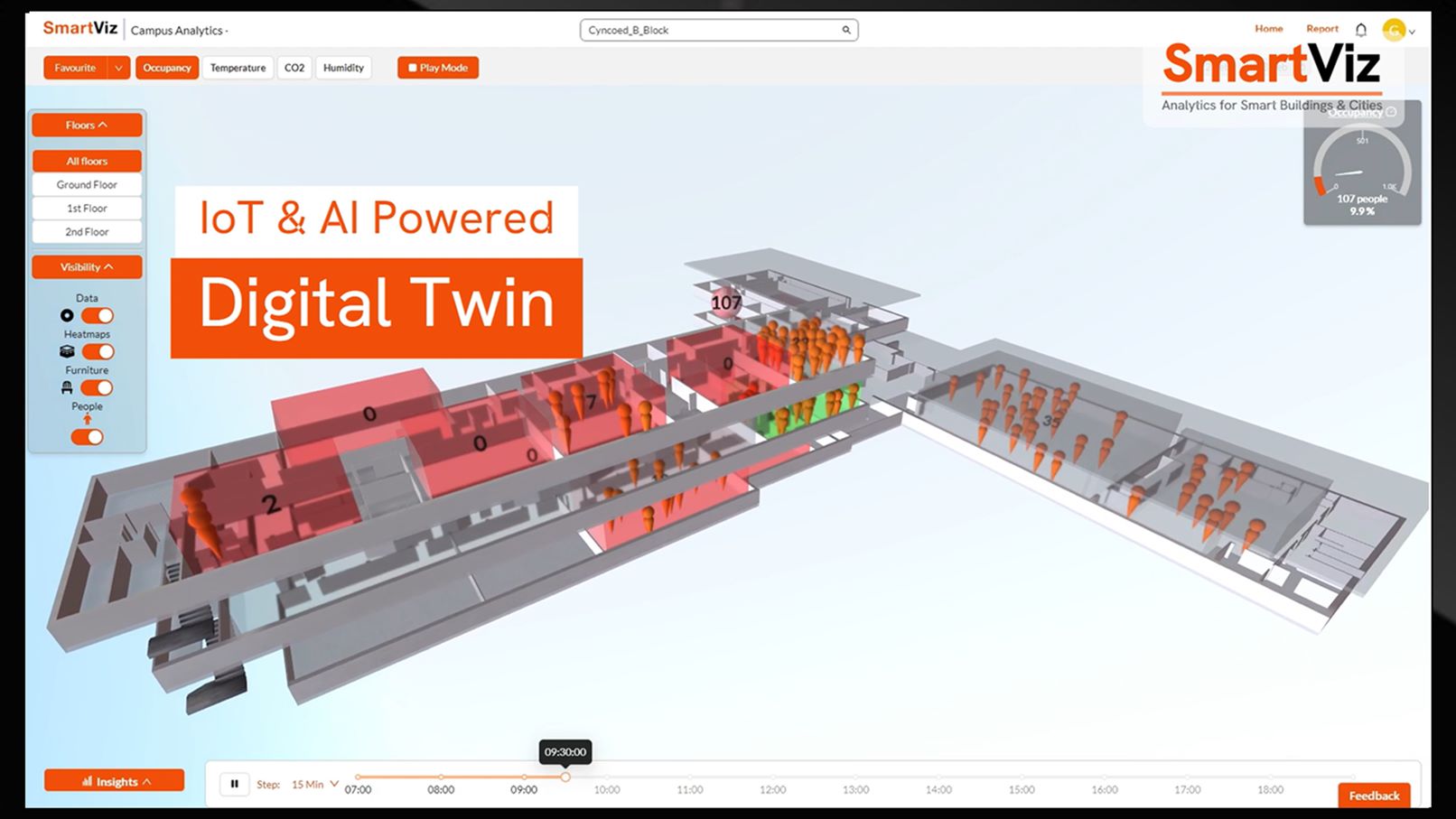
Faced with rising demand for space and the environmental impact of new construction, Cardiff Metropolitan University turned to a data-led approach to estate optimisation. With more than 12,500 students across its Cyncoed and Llandaff campuses, the university – ranked the most sustainable in Wales – was determined to align future expansion with its net-zero ambitions. Rather than pursue a high-cost construction masterplan, Cardiff Met collaborated with SmartViz, a UK-based tech company, to rethink how its existing buildings were used.
SmartViz deployed a suite of low-cost, ‘peel and stick’ IoT sensors to monitor occupancy, air quality and temperature. These fed data into a real-time, AI-powered digital twin, integrating timetabling and BMS data. The system visualised underused spaces, energy waste and environmental conditions across campus. Within days, staff had access to live dashboards tailored by role – granular data for estates managers, strategic scenarios for leadership teams.
This digital methodology quickly delivered results. Cardiff Met avoided £5.1m in construction costs and saved 483 tonnes of embodied CO2 by prioritising reconfiguration over new builds. Operational savings included £250,000 in annual energy costs and £102,000 in avoided overheads. Space was used more efficiently, enhancing teaching environments and wellbeing. The insights also supported student retention by improving indoor air quality and comfort.
Vice-chancellor Rachael Langford called the collaboration “pivotal”, noting it enabled “well-informed decisions about campus development”. The model is now being adopted by other UK universities, positioning SmartViz as a scalable, sector-wide solution to space and sustainability challenges.
Celebrate with the best
The winners will be revealed at the gala dinner on 1 July at the Brewery in London.
You can join the shortlisted entrants by booking your seats at the awards. There is an early bird discount for those who book tables before 16 May.
The Digital Construction Awards are organised by Digital Construction Week, Construction Management and the Chartered Institute of Building. The first sponsor to be announced is Bluebeam.
To find out more about the Awards, visit digitalconstructionawards.co.uk.
Generative artificial intelligence was used to help with the creation of this article. All content in the article was sourced, checked and verified by our editorial team before publication.










